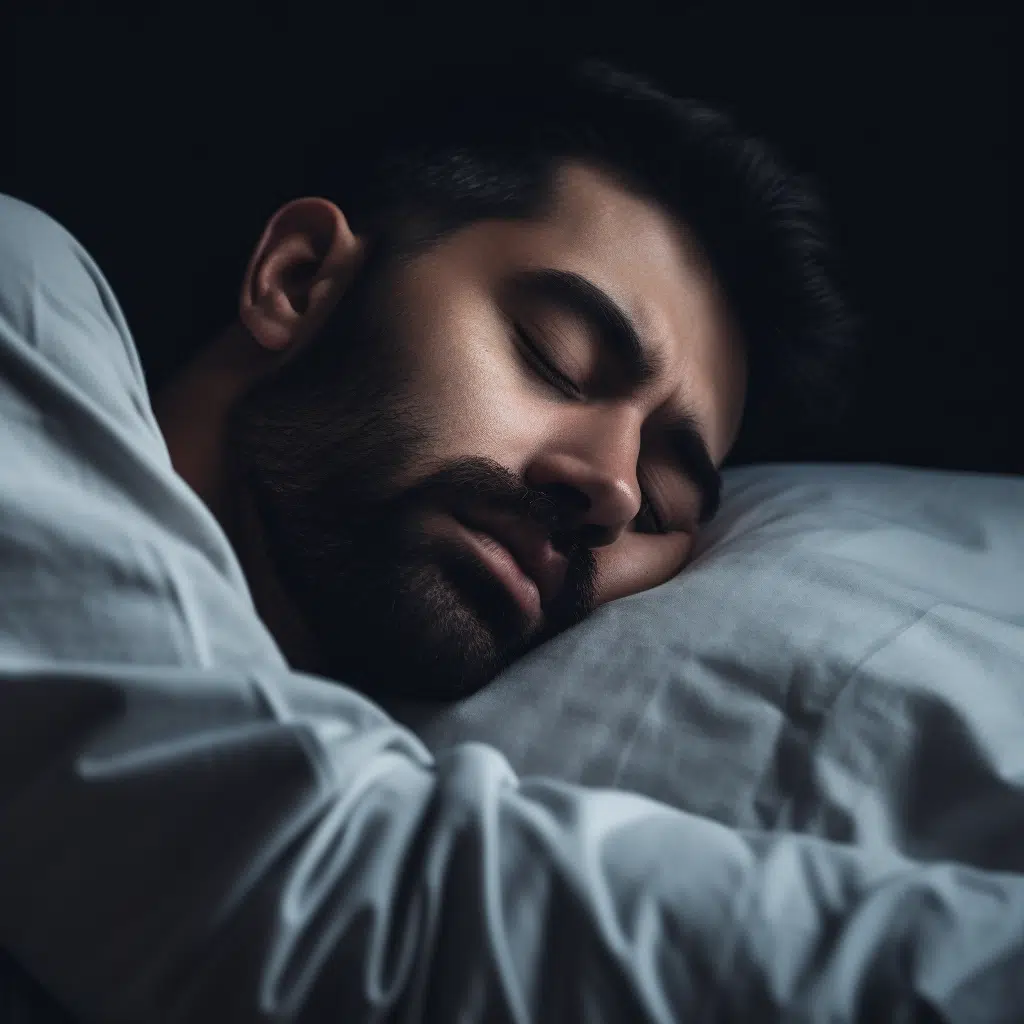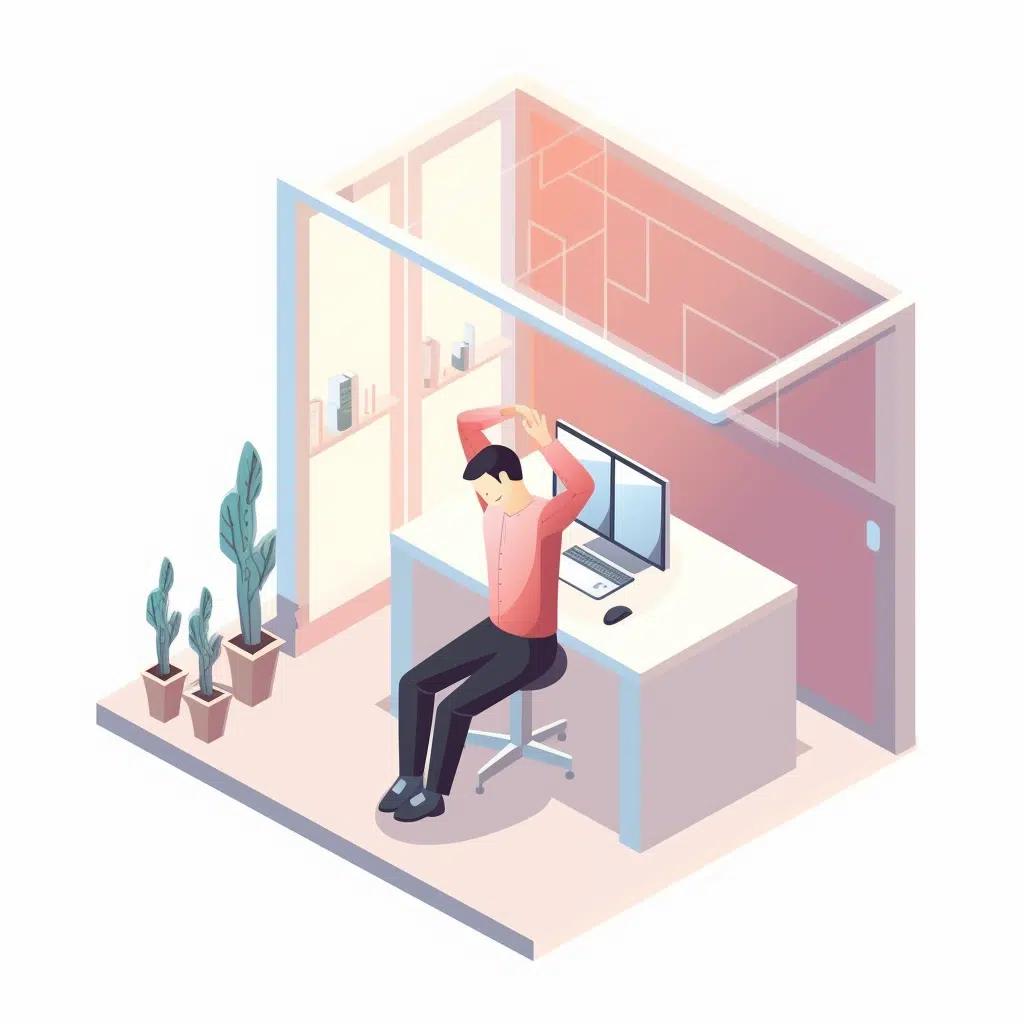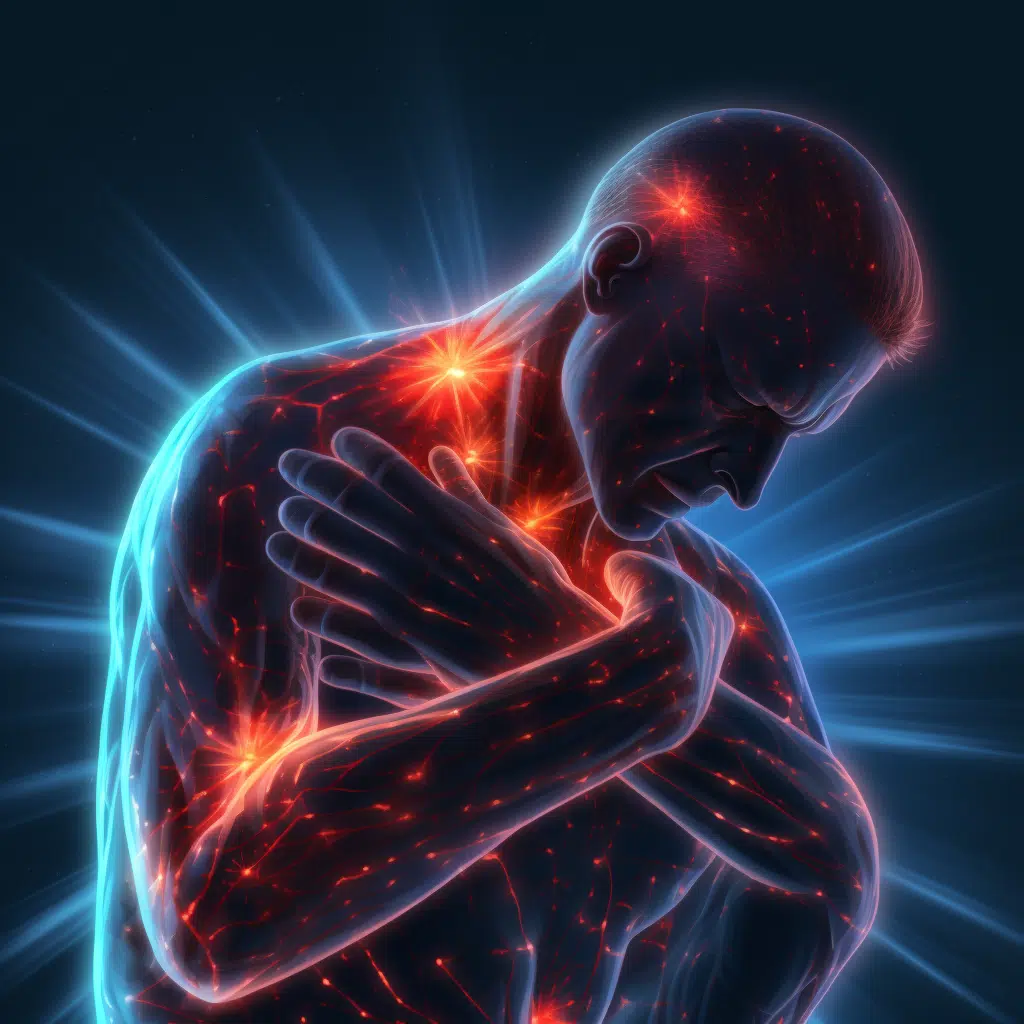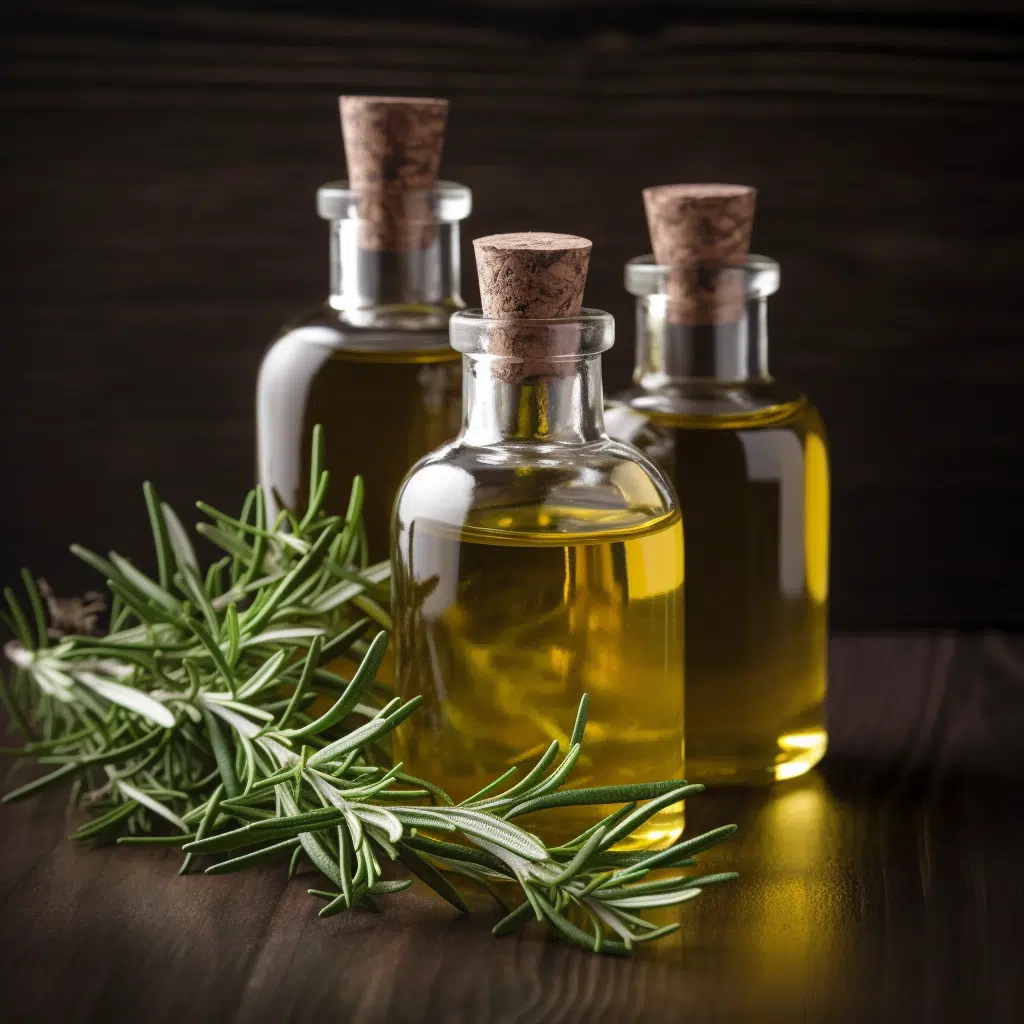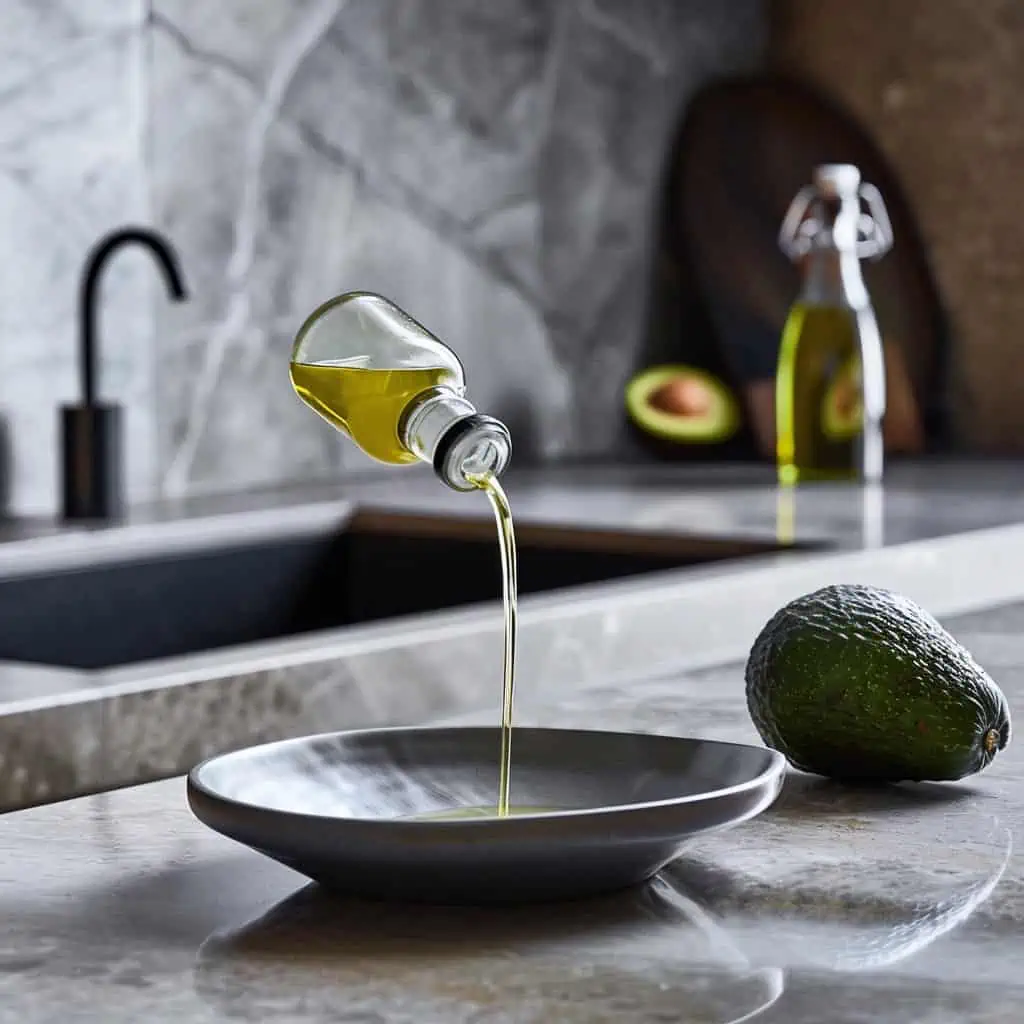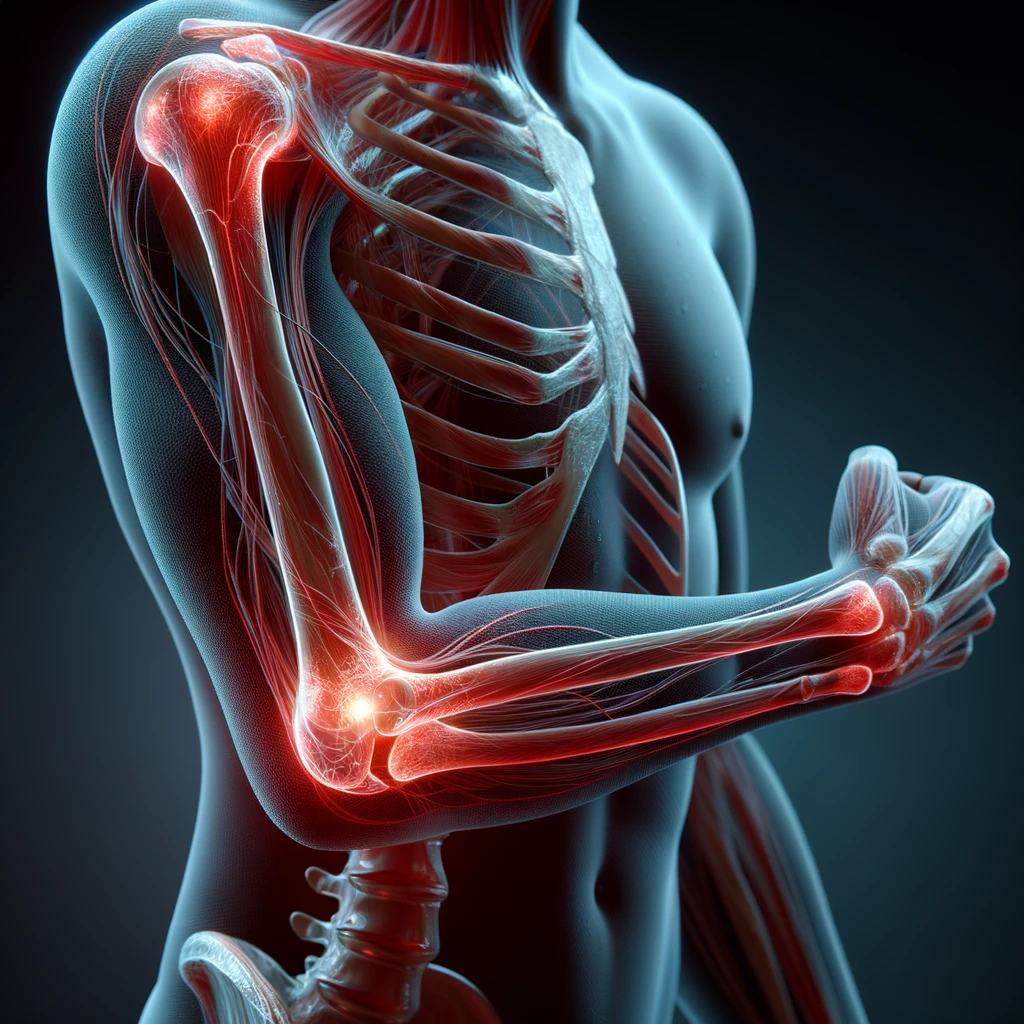Knee Pain Symptoms:
Knee pain is a common complaint affecting people of all ages. This may be a result of an injury or due to medical conditions such as arthritis, gout and even infection.
The knee joint is made up of bones, ligaments, tendons, cartilage and bursae. Injury or inflammation to one of these structures can lead to bone and joint pain in the knee pain. Some signs and symptoms of knee pain include swelling and stiffness, redness and warmth, weakness, popping or crunching sounds or locking of the knee in the affected area.
Knee Pain Causes:
Knee pain can result from a number of different things including an injury, pulled or torn ligaments and tendons, damaged cartilage, gait, and even muscle and back injuries. Bone and joint pain in the knee may occur following years of wear and tear playing sports, working or from general leisure activities.
Injuries to the knee can affect the cartilage, ligaments, tendons and the bursae (fluid-filled sacs) that support, stabilize and cushion the knee joint. Some common injuries to the knee include:
- ACL injury – The anterior cruciate ligament (ACL) is one of four ligaments in the knee that provides stability to the knee. Most often this ligament is injured with sudden directional changes with the knee bending inward and forward, tearing the ligament. This is frequently seen in football, basketball and skiing injuries.
- Torn meniscus – The meniscus is tough cartilage that acts as the shock absorber between the femur (thigh bone) and the tibia (shin bone). This also can be torn with a sudden twisting injury to the knee.
- Bursitis – There are small sacs of fluid filled cushion that surround the knee joint. When these become irritated and inflamed, pain occurs, especially with movement.
- Loose body – An injury or general wear and tear can cause pieces of bone or cartilage to become loose and break off. The loose body can interfere with the normal movements of the knee and cause pain with movement.
- Patellar tendinitis – This occurs when there is irritation or inflammation of the tendon around the patella (knee cap). Typically those who run, ski, cycle and take part in sports involving heavy jumping and stress on the knees are prone to this injury.
- Patellar dislocation – The patella (knee cap) covers the front of the knee and glides through the normal range of motion. If the patella becomes dislocated, pain occurs as there is excessive lateral, or side to side, movement of the patella.
Certain medical conditions also lead to knee pain. These include:
- Osteoarthritis – This is the most common type of arthritis. This is usually the result of a wear-and-tear injury where the cartilage breaks down over a period of years from use and with age. As the cartilage disappears, the cushion is destroyed and bone on bone grinding can occur, leading to knee pain.
- Rheumatoid arthritis – This is an autoimmune condition that can affect many other joints in the body besides the knee. This is a chronic disease condition and the severity and impact on a patient is variable from mild to severe.
- Gout – This condition results from excessive uric acid crystal build up in the joints of the body. Typically patients have the big toe affected as well as the knee.
- Pseudogout – This condition is similar to gout, however, there is a build-up of crystals of calcium pyrophosphate instead of uric acid. Knees are commonly affected by this condition.
Knee Pain Risk Factors:
A person may be more likely to experience certain types of knee pain and knee problems common to their age and sex group. Excess weight increases stress on the knee joints on a daily basis. Being involved in sports or having a previous knee injury also increases the chance of experiencing knee pain. Certain activities and sports, such as skiing, basketball and football, tend to create more stress on the knees, causing injury.
Knee Pain Testing:
A physical exam by pain doctors is often the first step to determine the source of bone and joint pain in the knee.
Following a knee pain doctor’s assessment, imaging tests including X-rays, CT scans, ultrasounds and MRIs may be necessary to help doctors pinpoint the cause of the knee pain and determine the best knee pain treatment plan.
Knee Pain Treatment Options:
Advanced, minimally invasive treatment options for knee pain have improved outcomes and can help you return to the activities you enjoy. There are a number of treatment options from APM knee pain doctors that can help reduce knee pain, which include:
- Steroid Injection
- Percutaneous Tenotomy or Fasciotomy
- Nerve Blocks
- Acupuncture
- Massage Therapy
- Physical Therapy
- Medication Management
- Pain Psychology
Did you know Castor Oil can also help with Knee Pain?

